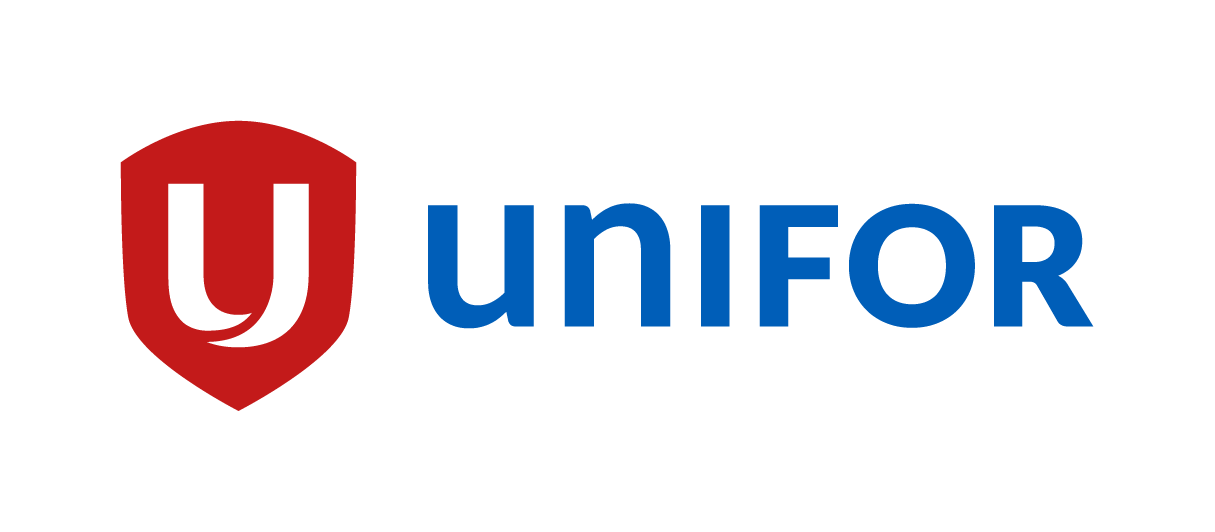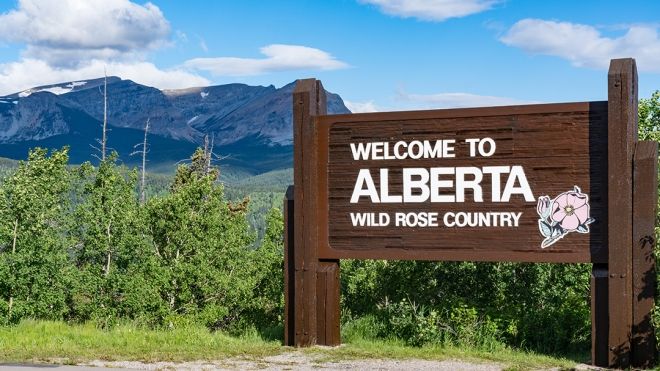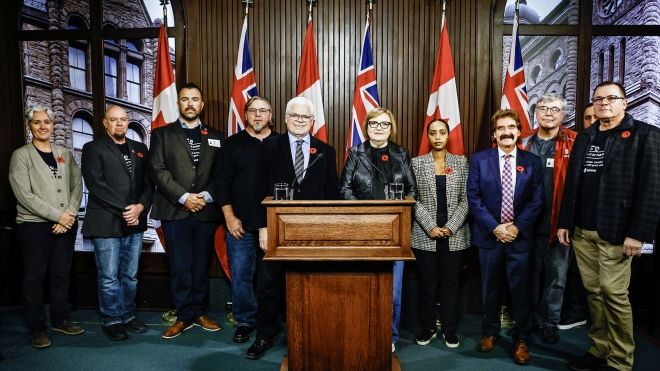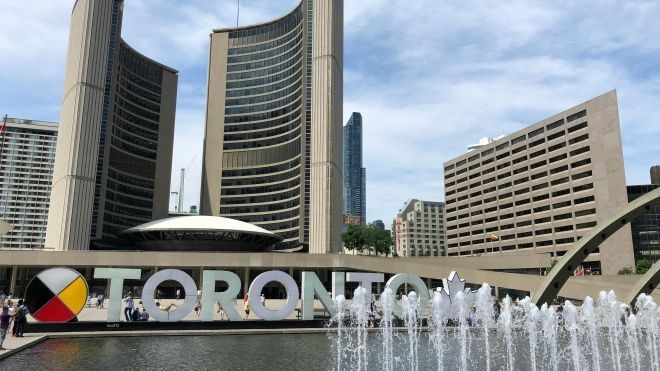Introduction
"Keep it in the Pipe" is a campaign led by Unifor Energy Sector Council to win stricter regulations to reduce methane emissions in Canada’s oil and gas sector. Improving the energy infrastructure fights climate change, creates good jobs, and protect the health and safety of workers and communities alike.
The campaign calls on the provincial and federal government to:
Convene a meeting with industry and unions: The government should bring together oil and gas companies and unions to establish best practices for reducing methane leaks throughout the supply chain. Workers are key to making these solutions successful and should be involved in planning and implementation.
Invest in technology: Federal and provincial governments should direct ministries and government research councils to assist in the development and deployment of new technology in methane leak detection and reduction. This will not only cut emissions but also create good-paying, unionized jobs in areas like manufacturing, construction, and preventive maintenance.
Close regulatory gaps: Ensure regulations apply to the entire gas supply chain, including distribution networks, which currently account for significant methane leaks. A focus on both upstream and downstream emissions will help Canada meet its climate goals while keeping communities safe.
Reduce flaring and venting: Implement stricter regulations to reduce the flaring and venting of natural gas, as there are already technologies available to capture and reuse these gases. We must eliminate exemptions that allow unnecessary pollution.
Enhance leak detection and repairs: All oil and gas facilities should be required to conduct annual inspections, and detected leaks must be repaired promptly. Third-party inspections should be allowed to ensure transparency and accountability.
How do leaks affect me?
Watch this video about how leaks affect our communities and our families:
Take Action
Write your MP and demand action on energy infrastructure jobs:
Frequently Asked Questions
Campaign history
Unifor is Canada's premier energy union, with nearly 15,000 members working in oil and gas extraction, natural gas distribution, electric utilities, nuclear energy, and petroleum refineries. More than half of Unifor's energy sector members work in the Prairies region (Alberta, Saskatchewan and Manitoba) while just over a quarter work in Ontario. British Columbia, Quebec, Nova Scotia and Newfoundland together account for approximately one-fifth of Unifor's energy sector membership.
Unifor has long highlighted that methane leakage is an issue that affects all gas, pipeline, storage, midstream and end use companies.
As workers in these industries, we see first-hand the impact underinvestment in leak detection and mitigation has had on the environment, but also on trust in this industry's commitment to being part of the climate solution.
Methane
Methane is considered toxic under the Canadian Environmental Protection Act, 1999 (CEPA) and listed under the List of Toxic Substances.
Methane is a greenhouse gas (GHG) and it has a global warming potential that is more than 70 times greater than carbon dioxide (CO2), over a 20-year period.
Volatile organic compounds (VOCs) are air pollutants that are linked to adverse human health impacts, such as premature death, chronic and short-term respiratory and cardiac problems.
Reducing methane and VOCs release along the gas production and supply chain will reduce climate change impacts and provide better air quality for Canadians and outdoor workers who are significantly more affected by poor outdoor air quality.
Infrastructure upgrades
Upgrades to the sector's infrastructure to reduce emissions from production and transport of natural gas and other products requires workers who know the industry, can do the work effectively, and can expose areas of under-investment. Such jobs are climate jobs and those workers must be adequately compensated, trained and certified, and protected through a union contract.
Emissions associated with hydrocarbon gas
Unifor believes that regulations should incentivize the reduction of flaring of hydrocarbon gases in all circumstances other than to avoid serious risk to human health or safety arising from an emergency.
Current technologies to capture and re-inject, store, transport, or use any hydrocarbon gas that would have been flared are accessible and available to the industry and should be implemented .
These specific and readily available technologies should be listed as part of the amendments to the regulations with clear goals and timelines on investment across the industry.
Fugitive emissions
Oil and gas firms have access to teams of professionals and resources that could be utilized to understand the integrity of the business infrastructure (compressors, pipeline, valves, etc.) and interpret the statistical likelihood of damages, corrosion, and leaks on the infrastructure.
The lack of proper capital expenditure allocations, adequate integrity programs, adequate leak survey programs and preventative maintenance/repair programs directly increases the size, frequency, and duration of fugitive emissions that occur.
While a risk-based approach to the application of fugitive-based emissions is a creative idea, this approach will not result in directly reducing emissions or ensuring compliance.
Regulatory development
Federal regulators should collaborate with Energy boards in all provinces, not only oil and gas-producing provinces. Large distribution centers exist in provinces outside gas producers.
Ontario has over 4 million customers who are supplied with natural gas through a distribution network with hundreds of thousands of kilometers of pipeline and supporting infrastructure.
The regulation of residential and industrial distribution networks are not currently covered under the regulation or proposed regulation.
This gap and lack of regulation is one of the most important and often overlooked contributors to emissions that should be closed as soon as possible. The scale of the emissions from distribution networks is significant and requires significant improvements to be made to meet sustainability goals and to keep workers and the public safe.
Distribution infrastructure should be regulated to reduce emissions from these systems for both environmental and health and safety purposes. To demonstrate the scale of the fugitive emissions problems that need to be addressed with distribution infrastructure, here is an example.
Enbridge example
Enbridge Inc had total 2022, tCO2 equivalent emissions of 757,524 tonnes in their upstream gas transmission business (GTM)- with 85% of yearly emissions being vented (649,548 tonnes) and 11% being from fugitive sources (88,420 tonnes).
The Gas Distribution Business (GDS) had a total 2022, tCO2 equivalent emissions of 511,691 tonnes. 19% of emissions (102,245 tonnes) are being vented and 80% of the yearly emissions being from fugitive sources (400,299 tonnes).
Enbridge data





